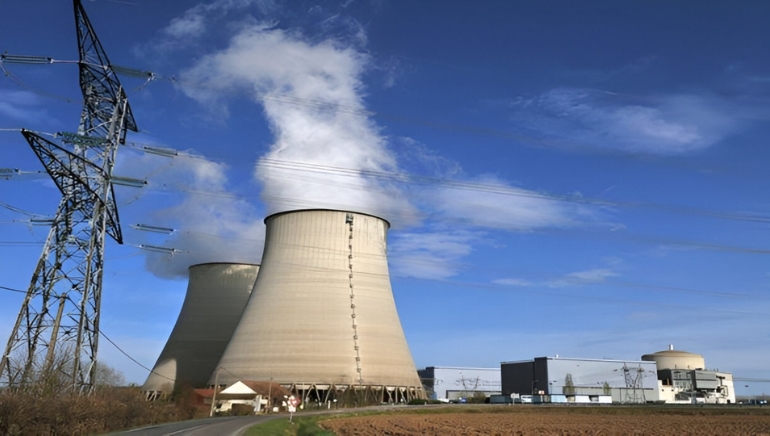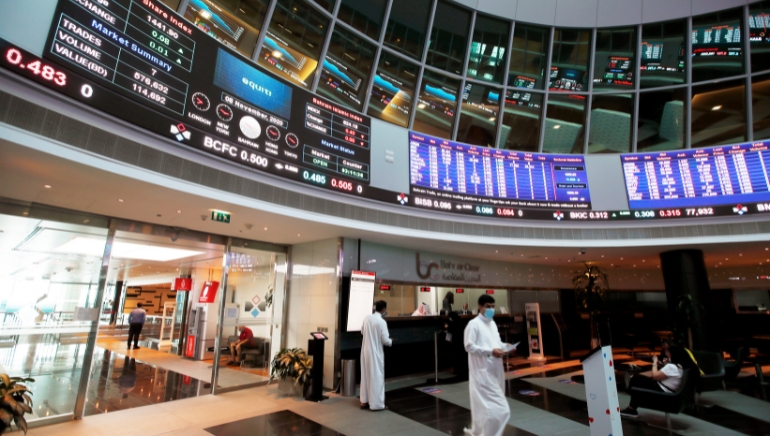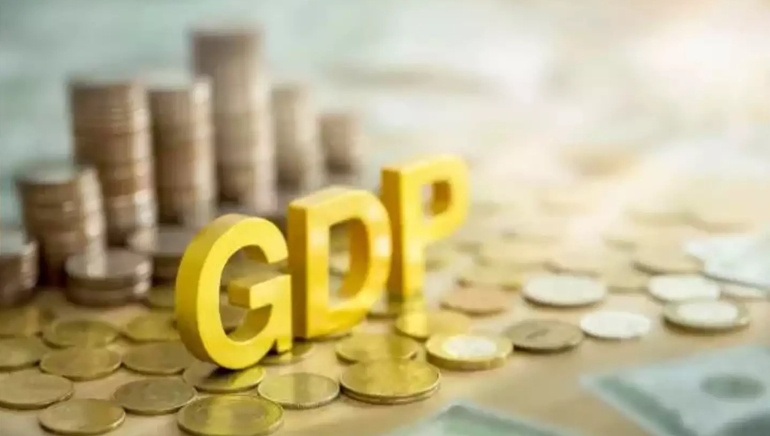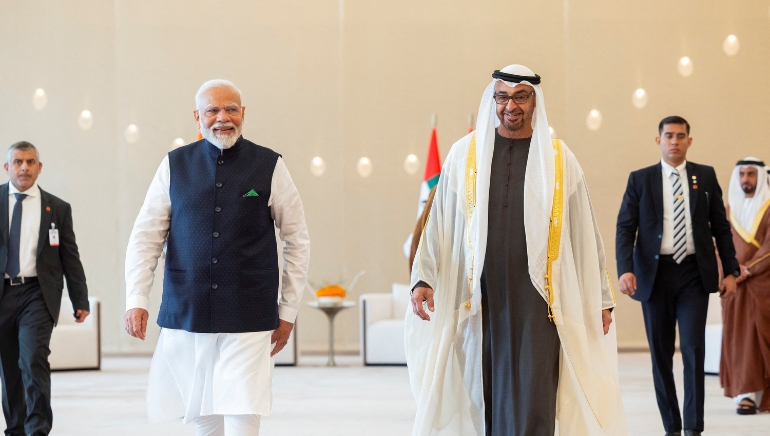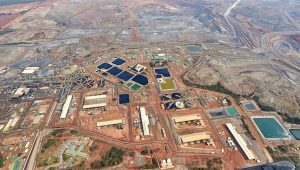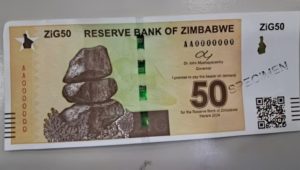On Tuesday, February 20, Prime Minister Narendra Modi launched multiple development projects in Jammu. These projects included education, railway, aviation, and road sectors worth INR 30,500 crore.
PM Modi addressed a public rally at Maulana Azad Stadium in Jammu, distributing appointment letters to 1,500 newly recruited government employees and interacting with scheme beneficiaries under the ‘Viksit Bharat, Viksit Jammu’ programme. He inaugurated the Banihal-Khari-Sumber-Sangaldan railway line (48 km) and electrified the Baramulla-Srinagar-Banihal-Sangaldan section (185.66 km), initiating the first electric train service in the valley.
There were more than INR 13,375 crore projects inaugurated by PM Modi, including the permanent campuses of the IITs, the IIITDM, the Indian Institute of Skills, and Central Sanskrit University. Additionally, he inaugurated three new IIMs, 20 Kendriya Vidyalayas, 13 Navodaya Vidyalayas, and AIIMS Vijaypur (Samba), costing ₹1,660 crore, equipped with 720 beds and medical and nursing colleges.
PM Modi also laid the foundation for a new terminal at Jammu airport, road projects, and a Common User Facility petroleum depot in Jammu. He initiated development projects worth over ₹3,150 crore for civic infrastructure in J&K. The initiatives encompassed various sectors, reflecting a comprehensive effort towards the region’s development.






